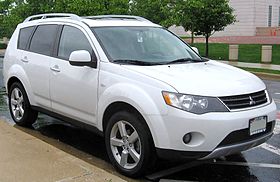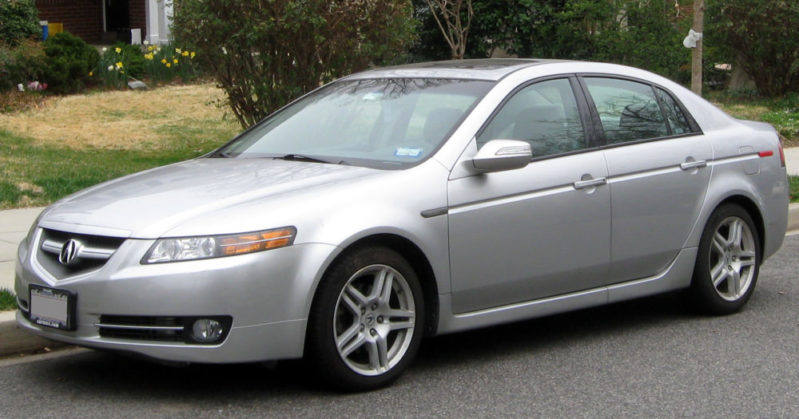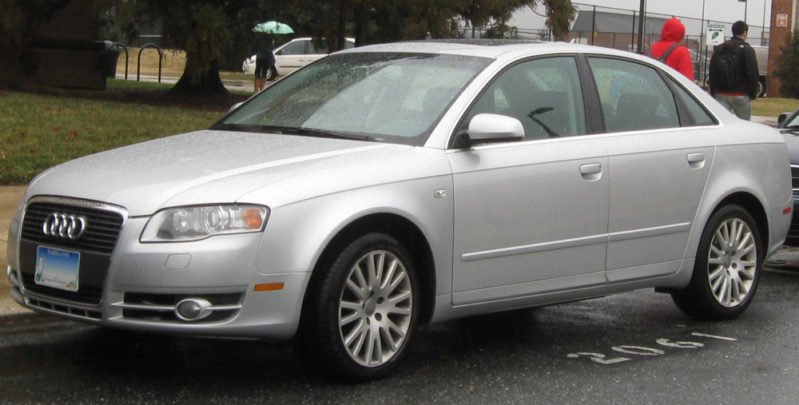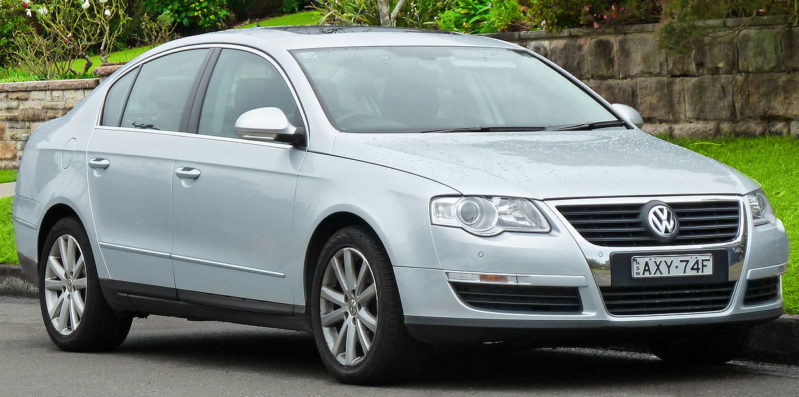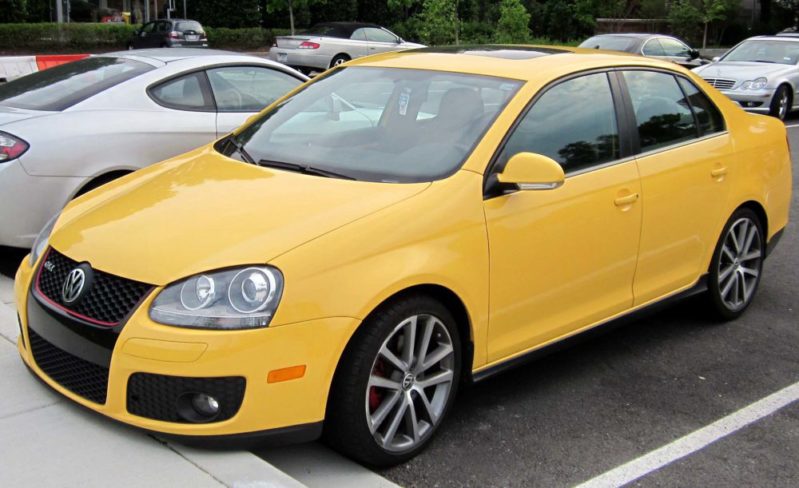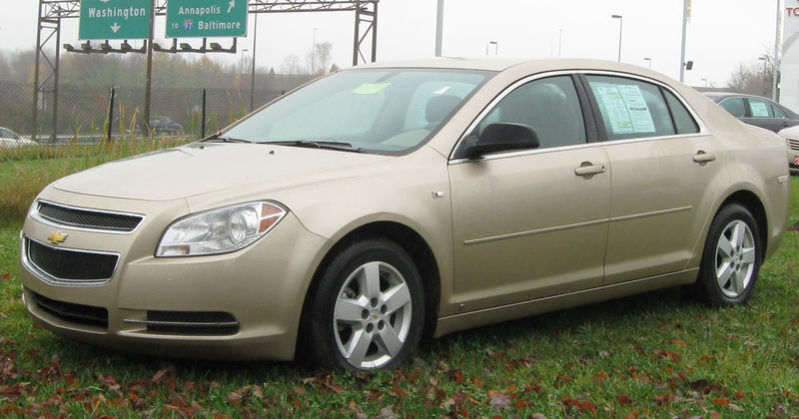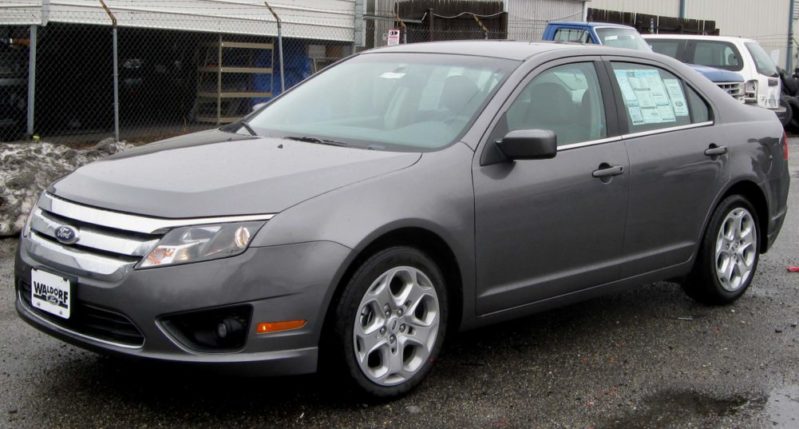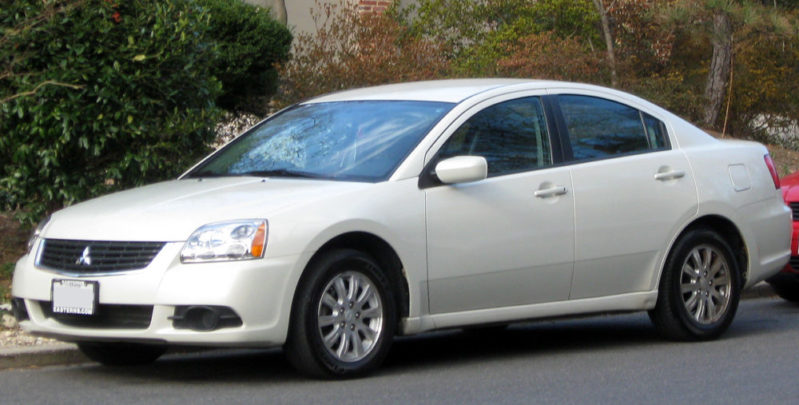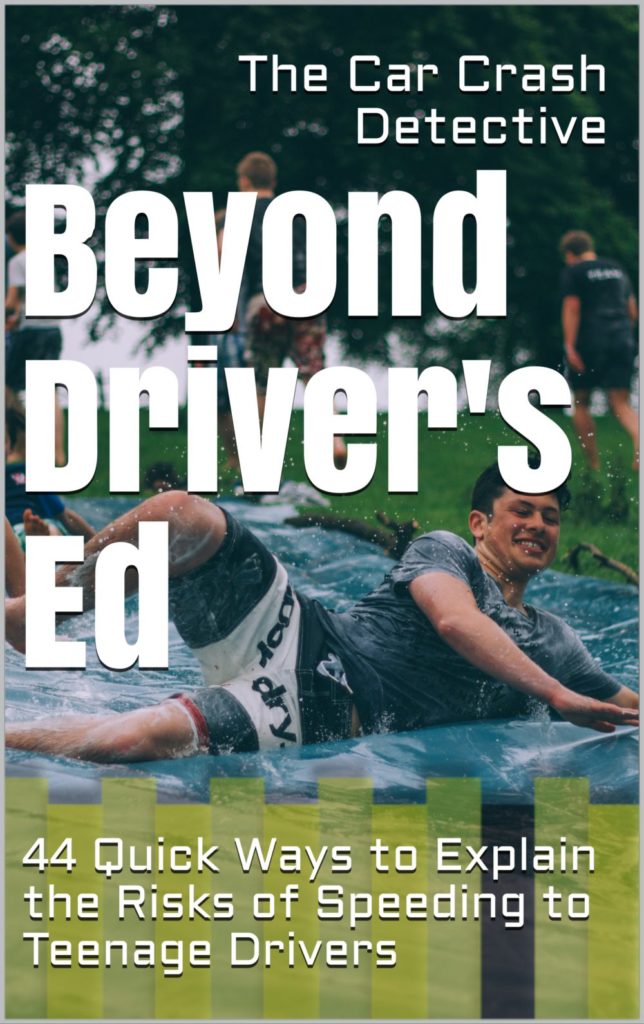 I’m happy to announce that my first book on driving safety is now available for purchase here. Beyond Driver’s Ed: 44 Quick Ways to Explain the Risks of Speeding to Teenage Drivers is a guide to explaining the risks of speeding to teen drivers. I’ll publish excerpts from time to time on the blog and dive into the book’s topics in greater detail. Today’s topic is tip #3 in the book; let’s give it a closer look.
I’m happy to announce that my first book on driving safety is now available for purchase here. Beyond Driver’s Ed: 44 Quick Ways to Explain the Risks of Speeding to Teenage Drivers is a guide to explaining the risks of speeding to teen drivers. I’ll publish excerpts from time to time on the blog and dive into the book’s topics in greater detail. Today’s topic is tip #3 in the book; let’s give it a closer look.
If you’re a teenager, the most dangerous parts of your day are the ones you spend in a car.
No matter where you live, statistically, your greatest risks of dying as a teenager involve the times you spend traveling in a car. That applies whether you’re the driver or the passenger, and whether your parents are with you or not. This doesn’t apply to the bus, if you take one.
What does this mean? It means that if you want to keep your teenagers as safe as possible, you’ll want to encourage them to minimize the amounts of time they travel in cars. Let’s look at the numbers to help us visualize just how much of an issue this is from a public health perspective.
What are the exact statistics on death rates by age in the US?
The National Safety Council publishes an annual statistical report categorizing unintentional injuries in the United States. Here’s an example of the 2015 report.
If you skip ahead to page 19 in the 218-page PDF (page 12 by the report’s pagination), you’ll note that unintentional injuries are the 5th highest cause of death across age groups. When researching individual ages, unintentional injuries are the top cause of death for every single year between 1 and 42. Within that subcategory, motor-vehicle deaths are the single greatest factor for both the 5-14 and 15-24 year old cohorts.
What percentage of deaths of teenagers are caused by cars?
Page 45 provides significant information regarding the degree to which unintentional injuries shorten the lifetimes of our teenage sons and daughters in the United States.
Unintentional injuries are a major public health concern affecting children and adolescents in the United States. They are the underlying cause of death in nearly 4 out of 10 childhood mortality cases for people 1-19 years old, and about 41% of the deaths among 15- to 19-year-olds.
In other words, for every 10 deaths in individuals between 13 and 19, 4 of them–nearly half–will be due to unintentional injuries, with motor vehicles contributing to more of those deaths than any other cause. It’s important to note that this doesn’t mean that 40% of teenage deaths are due to auto traffic; the actual figure is significantly smaller, since it would only represent a fraction of that 40%. However, let’s take the time to figure this out for 15-19-year olds:
Teens (15-19 years) made up 27% of the U.S. population between the ages of 1 and 19 and 59% of all injury mortality cases in that age group. Most importantly, about 67% of teen injury deaths are attributed to motor vehicle crashes. Of the 4,298 injury deaths among teens in 2011, 2,863 occurred in crashes.
To put it another way, in the 15-19-year age range, if a teenager died for any reason at all, there was a 41% chance that death was the result of an unintentional injury, and a 67% that this unintentional injury came from a motor vehicle crash. Multiplying .41*.67 provides a figure of .275; in other words, for 15-19-year olds, close to 28% of deaths, or more than 1 out of every 4, was directly attributed to auto traffic.
How many teenagers specifically die each year from car crashes or motor vehicle trauma in the United States?
Per page 45 in the NSC 2015 report, in 2011, the number of deaths directly attributable to motor vehicle traffic were as follows:
100 13-year olds,
156 14-year olds,
213 15-year olds,
414 16-year olds,
543 17-year olds,
820 18-year olds,
873 19-year olds.
Note how the number of deaths continued to increase with the year of the adolescent. This, of course, was also directly related to the increased rate of driving with age, particulalry between 15 and 16, where the rate nearly doubled, and between 17 and 18, where a number of adolescents leave home on a full time basis to attend college or begin working.
How often does someone die from a car crash in the United States?
In 2013, there were approximately 35,000 fatalities from auto traffic; that works out to 680 deaths a week, or 97 deaths a day, 4 deaths an hour, or one death every 15 minutes. The injury rate, in terms of injuries requiring hospitalization, works out to 4.3 million a year, or 82,700 a week, 11,800 a day, 490 an hour, or 7 every seconds.
This information is available on page 44 of the NSC 2015 report.
Why don’t the above findings apply to taking the school bus?
The above findings don’t apply to taking the school bus because school buses are by far the safest form of transportation for children as well as one of the safest overall forms of transportation; this has much to do with the physics and design of school buses, but it also has to do with how, when, and where they’re driven; you can learn more about this topic in this article on school bus safety. Despite the occasional tragic story that makes the news whenever a number of school children die while riding the bus, these events are statistically very rare and much less likely to occur than the daily tragedy of children dying due to traveling in personal motor vehicles.
What can we do to reduce the odds of our teens dying in cars?
To reduce the odds of teenagers dying in motor vehicle collisions, the simplest step is to reduce the amount of time teens spend in or around motor vehicles; this can be done in a number of ways, but perhaps the most effective is to delay the acquisition of driver’s permits and licenses by teenagers. For a number of additional tips on how to turn teenagers into safer drivers, you can review a number of best practice findings for teenage drivers here.
Mike, I’d like to buy your book and learn more about how to keep my teen safe. Where can I get it?
You can buy this book at Amazon here (or via Canada or the UK).
 If you find my information on best practices in car and car seat safety helpful, you can do your shopping through this Amazon link. Canadians can shop here for Canadian purchases. Have a question or want to discuss best practices? Join us in the forums!
If you find my information on best practices in car and car seat safety helpful, you can do your shopping through this Amazon link. Canadians can shop here for Canadian purchases. Have a question or want to discuss best practices? Join us in the forums!




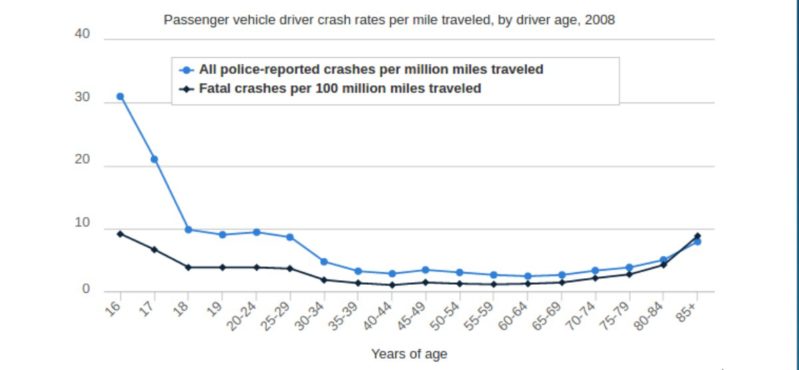 The
The 





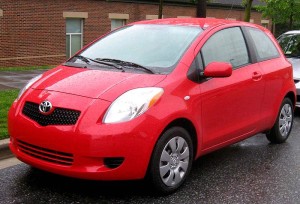
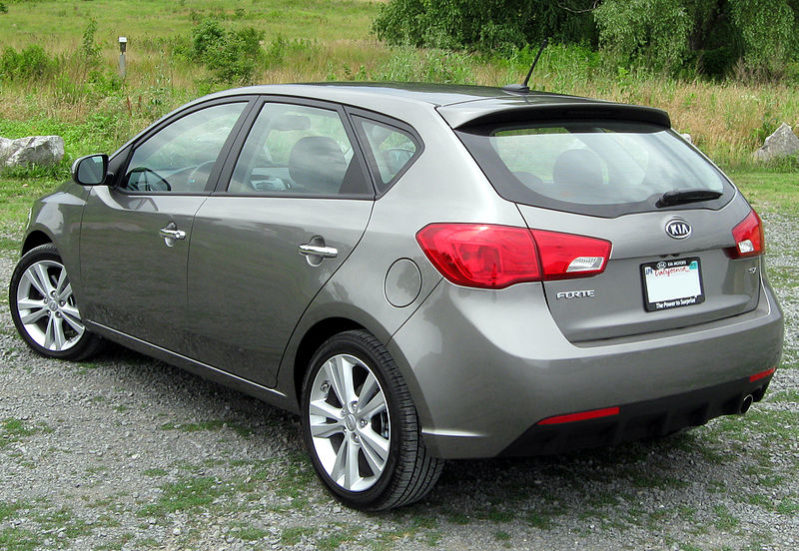
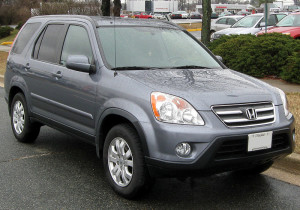 5+ Honda CR-V
5+ Honda CR-V